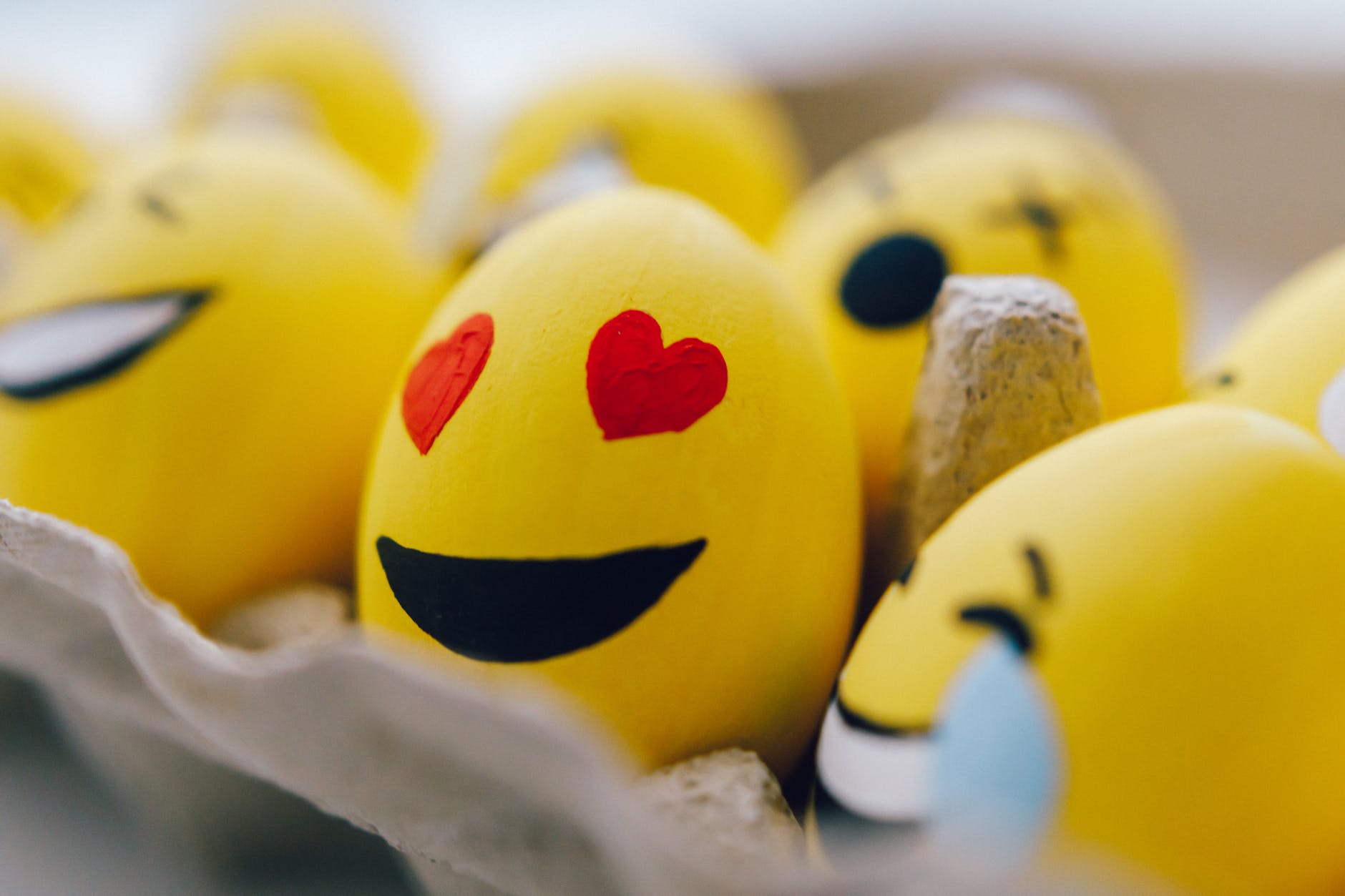People 'n' Issues
Get the emoji picture
Submissions for new emojis for 2024 close this week. Next year’s additions will start arriving on phones within weeks, writes ARTHUR GOLDSTUCK
Last Sunday was World Emoji Day, but don’t panic: there’s still time to join in the fun. In fact, you are probably joining that particular fun every hour of every day. It is estimated that 92% of Internet users have used emojis, and up to 10-billion of these pictograms are sent every day in instant messaging, email, and across social media.
No surprise there: they allow users to add instant emotion, tone and nuance to short messages. They represent a convenient shorthand, especially for those who often find themselves at a loss for worlds.
But they also represent serious business. Or, at least, serious impact on business. Various studies have shown that their use in marketing increased user engagement, as people process visuals dramatically faster than they do text.
According to Hubspot, emojis in a tweet can increase engagement by 25.4%, and emojis in a Facebook post can increase the number of likes by 57% and the number of comments and shares by 33%.
The Unicode Consortium, the not-for-profit organization responsible for digitising the world’s languages, says the world’s most popular emoji last year was Tears of Joy (or 😂), which accounts for over 5% of all emoji use. The heart emoji (❤️) was close behind, with the rest of the top 10, following distantly behind, comprised of 👍 😭 🙏 😘 🥰 😍 and 😊.
The original Unicode Standard comprised text and symbols that could be created on computers. Emojis formally became part of its ambit in 2009, but it had long embraced equivalents. Who remembers the wonderfully named Zapf Dingbats family of symbols? That was part of Unicode 1.0 in 1991, and can still be found as the Wingdings font in Word.
Next year, the Consortium will add to the existing 3,663 approved emojis another 31 new entrants, including the pink heart, the hair pick, and the Khanda, symbol of Sikh faith. That’s well down on last year’s 217 and this year’s 100 or so newcomers.
Ironically, while the number of objects that could be “emojified” may be infinite, the introduction of new entrants is fraught with cultural peril.
Says Jennifer Daniel, chair of the Unicode Emoji Subcommittee, “When there are as many foods as there are ingredients in the world, as many genders as there are people on the planet, and a variety of objects only limited by your imagination, every addition to the emoji palette is at risk of creating zones of exclusion without consciously trying.”
She makes the startling point that, in some ways emoji were not intended to be for everyone. They were in fact a Japanese innovation of Japan, for people in Japan and exclusive to Japanese phone carriers.
“Reconciling emoji’s origins with where they are now — a worldwide phenomenon with a life of its own — is delicate. Everyone wants emoji to be ‘mine’ when the truth is, they’re not. They’re everyone’s but also no one’s. 92% of the world’s online population use emoji but what percentage of the world feels their identity is completely reflected in emoji?
“Should emoji be globally relevant or culturally specific? If they are for everyone they should be as broad as possible. If they are intended for a specific group of people then perhaps emoji shouldn’t be deployed on everyone’s keyboards.”
The challenge is even more delicate for keyboards that use non-Western alphabets.
“Like, what if the emoji selection for Hebrew keyboards were different than the emoji for Portuguese speakers, which would be different than the emoji found on Chinese keyboards? Nearly every culture has some form of dumpling but they all look radically different. As we lay the technical groundwork and strategy, these kinds of questions merit consideration. For now, emoji are intended to be for everyone, which means encoding concepts that are as flexible as possible.”
Possibly the least known fact about emojis is that anyone can propose new ones. The 2023 roster, under the banner of Emoji 15.0, is done and dusted, and will be released in September this year. It can be expected to roll out on Android phones from October to December, followed by iPhones and social networks early next year. Cue a flood of the new shaking-head and high-five pictograms.
Submissions for the 2024 edition are still open, but you have less than a week to get it in – closing date is 31 July. The Unicode Consortium provides extensive guidelines for proposed additions, in particular distinctiveness, frequency of expected use and “breaking new ground”.
Marketers are out of luck here. Specific exclusions include logos, brands, signage, specific people, specific buildings and landmarks. Even if your emoji concept is a winner, it won’t arrive on your neighbour’s phone tomorrow.
“It can take up to two years from conception and proposal to landing on your phone,” says Daniel.
* Goldstuck is founder of World Wide Worx and editor-in-chief of Gadget.co.za. Follow him on Twitter on @art2gee









